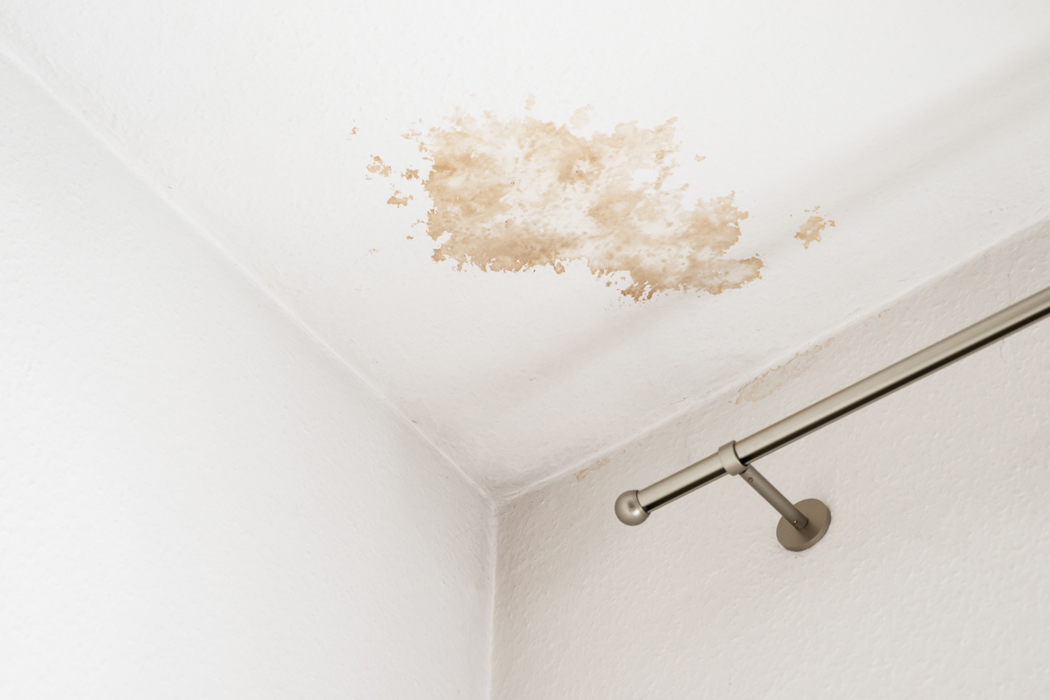When it comes to home maintenance, most people focus on visible issues like leaks or cracked walls, often overlooking a crucial, hidden problem: mold in home ventilation systems. At Arizona Mold Removal Pros, we know that mold can thrive in areas you don’t see and can have serious implications for your health and home. In this blog post, we’ll explore why mold in home ventilation is such a concern, the potential risks involved, and what you can do to address and prevent it.
Why Mold in Home Ventilation Is a Serious Issue
- Health Risks: Mold spores are notorious for causing health issues, especially when they become airborne through your ventilation system. Prolonged exposure to mold can lead to respiratory problems, allergies, asthma exacerbations, and other health concerns. Individuals with weakened immune systems or preexisting conditions are particularly vulnerable to these effects.
- Spread of Contamination: Home ventilation systems, including ductwork, air handlers, and vents, are designed to circulate air throughout your home. Unfortunately, this also means that once mold starts growing in these systems, it can spread spores to every room. This widespread distribution can make it challenging to contain and address the problem.
- Decreased Air Quality: Mold in your ventilation system can significantly degrade indoor air quality. As mold spores circulate through the air, they can cause unpleasant odors and contribute to a musty smell. Poor air quality can affect your comfort and overall well-being, making your home a less healthy place to live.
- Damage to HVAC Components: Mold growth can also damage your HVAC system. Mold can clog filters, deteriorate ductwork, and cause other mechanical issues. This not only affects the efficiency of your heating and cooling systems but can also lead to costly repairs or replacements.
How Mold Gets Into Your Ventilation System
- High Humidity Levels: Mold thrives in damp environments. High humidity levels in your home, often caused by poor ventilation, leaks, or inadequate insulation, create ideal conditions for mold growth. When this moisture enters your ventilation system, it can quickly lead to mold problems.
- Leaks and Water Damage: Leaks in your roof, plumbing, or windows can introduce water into your home and subsequently into your ventilation system. Water damage creates a perfect breeding ground for mold, which can then spread through your ductwork.
- Inadequate Insulation: Poor insulation in your attic or walls can lead to condensation, which can drip into your ventilation system and foster mold growth. Proper insulation helps to control temperature and moisture levels, reducing the likelihood of mold issues.
- Neglect and Lack of Maintenance: Regular maintenance is key to preventing mold growth. If your ventilation system is not cleaned and inspected regularly, it can become a breeding ground for mold and other contaminants. Dust, debris, and moisture accumulation are all factors that contribute to mold development.
What You Can Do to Address and Prevent Mold in Home Ventilation
- Regular Inspections and Cleanings: Schedule regular inspections of your ventilation system to check for mold and other issues. Professional cleaning and maintenance can help remove any existing mold and prevent future growth. Arizona Mold Removal Pros offers comprehensive inspection and remediation services to ensure your ventilation system remains clean and safe.
- Control Humidity Levels: Invest in a dehumidifier to maintain optimal humidity levels in your home. Keep indoor humidity below 60% to discourage mold growth. Ensure that bathrooms, kitchens, and other high-moisture areas are properly ventilated.
- Fix Leaks Promptly: Address any leaks or water damage as soon as they are detected. Repairing leaks and ensuring your home is properly sealed can prevent moisture from entering your ventilation system and creating mold problems.
- Improve Insulation: Proper insulation helps to regulate temperature and moisture levels, reducing the risk of condensation and mold growth. Ensure your home’s insulation is in good condition and properly installed.
- Enhance Ventilation: Ensure your home has adequate ventilation to allow moisture to escape. Use exhaust fans in high-moisture areas, and consider installing additional vents if necessary to improve airflow.
- Professional Mold Remediation: If you suspect mold in your ventilation system, contact professionals for remediation. Arizona Mold Removal Pros can help identify the extent of the problem, safely remove the mold, and address any underlying issues to prevent future growth.
Final Thoughts
Mold in home ventilation systems is a serious issue that can affect both your health and the integrity of your home. By understanding the risks and taking proactive measures, you can protect your home and ensure a healthy living environment. If you have concerns about mold in your ventilation system, don’t hesitate to reach out to Arizona Mold Removal Pros. Our team of experts is here to provide the solutions you need to keep your home safe and comfortable.



